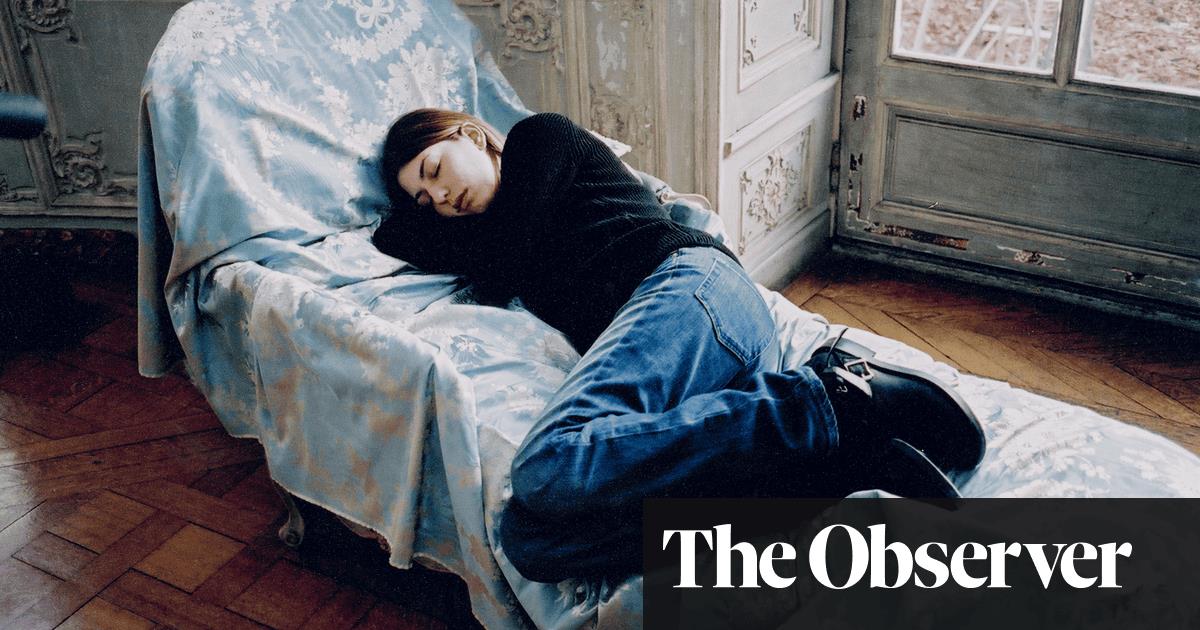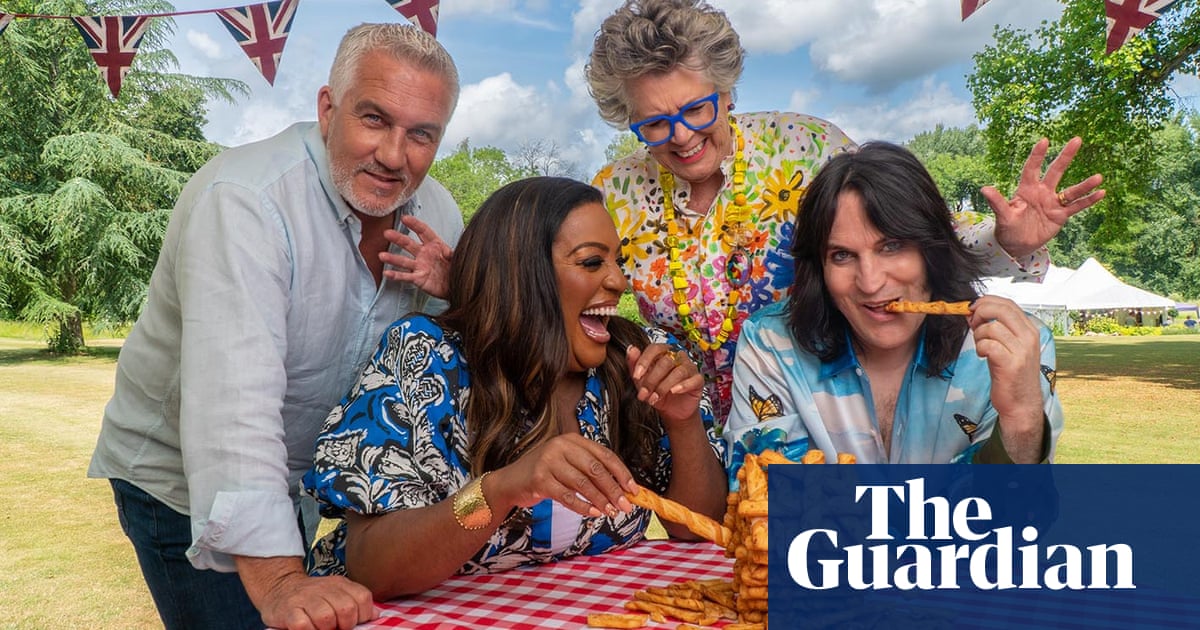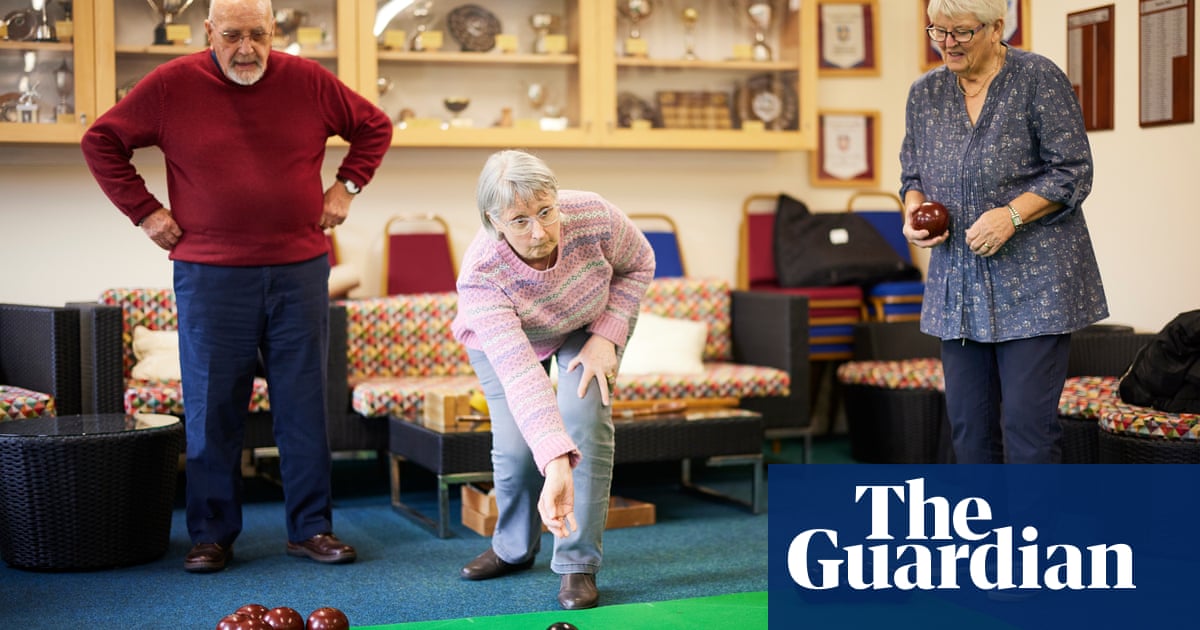
There is a particular aesthetic that runs through Sofia Coppola’s work, whether she is turning her gauzy, feminised lens on the southern gothic of The Beguiled or urban alienation in Lost in Translation, the rococo excesses of Marie Antoinette or disaffected suburban youths in The Bling Ring. Coppola is adept at creating heady atmospheres and worlds that feel fully realised, her characters veering between emptiness, desire and repression; the frames in her films have a painterly quality, straddling the line between beauty and claustrophobia. Her singular style has influenced much of contemporary popular culture, from Lana Del Rey’s wistful music videos to Emma Cline’s novels about lonely and potentially dangerous young women.
Coppola’s first book, Archive, collects behind-the-scenes ephemera from her films, starting with her 1999 directorial debut, The Virgin Suicides, and ending with her forthcoming biopic of Elvis Presley’s young bride, Priscilla. Holed up at home in Napa, California, during the pandemic, Coppola started to go through boxes of old material: Polaroids, early scripts, clippings, letters, doodles. These discarded objects had taken on a nostalgic quality over the years, and so Coppola put together the most meaningful mementoes from each project, accompanying them with musings and personal recollections. Speaking to journalist Lynn Hirschberg in the book’s introduction, Coppola reflects on Priscilla, which premieres at the Venice international film festival next month. “Across all my films, there is a common quality: there is always a world and there is always a girl trying to navigate it. That’s the story that will always intrigue me.” Kathryn Bromwich
Priscilla (2023)
When I first read Priscilla Presley’s memoir Elvis and Me, I found it really interesting and was impressed by how personal and revealing it was. I loved how she wrote in a way that was so direct and relatable about going through all the stages that most girls go through into womanhood – but in such a unique and eccentric setting at Graceland, with Elvis Presley.
When my cousin’s wife Kate Gersten was telling me about working on a musical of Priscilla’s story, it prompted me to read the book again. I got so into her story and the vivid world, and how wild it must have been to be going to a Catholic girls’ high school in Memphis while living with Elvis at Graceland, struggling to stay awake in class and do her studies after partying all night with Elvis and his friends. And I appreciated the strength she showed in leaving to find her own identity after growing up trying to be his idea of the ideal woman.
I worried at first that it might be too similar to Marie Antoinette, but when I spoke to Priscilla I was able to understand more about her perspective and began to see how it could become its own film. It would have its own challenges, such as fitting so much of her life into two hours – and how I would ever find someone to play Elvis. Jacob Elordi did this just how I imagined: in a subtle way, evoking the feeling of him as he was described by Priscilla in his private life. I was so glad to meet Cailee [Spaeny], who Kirsten [Dunst] had just loved working with [on Alex Garland’s forthcoming film Civil War], and it was incredible to see how she could transform from a 15-year-old to a 28-eight-year-old in the same day.
On this set, I totally felt in my element, doing what I love. I could see moments that felt like past films, but hopefully that’s now my style and all of my experience went into this one. It was a new kind of pressure to do the story of someone who is alive and I always wanted Priscilla to be happy with it, while including what I responded to in her story. I think it was a complicated relationship and a different time. I hope the audience can feel what it was like for her, and see how we all go through so much to become who we are.
Marie Antoinette (2006)
While I was working on the script for Lost in Translation, I started adapting Antonia Fraser’s biography of Marie Antoinette. I was going back and forth between them, moving to the other when I got stuck on one. I was so drawn to the world and Lady Antonia’s empathic take on Marie Antoinette. Before, she had always been villainised, and here she was portrayed as human – a teenage girl – in an overwhelming situation. I really wanted to make the point that she and the people around her were teenagers, and for it to feel like you were living alongside them in their world, not looking back at a dusty period.
I wanted it to be from her point of view, almost as if she had made the film. She wasn’t interested in politics, but seemed to be totally led by her emotions and pleasures. I began thinking about 18th-century France through the way it had been referenced in the 80s by the new romantics – the way I had known it as a teenager. It all seemed so lavish and decadent, and such a contrast with 90s film culture, which was pared down and grungy, with movies shot at 7-Elevens. I knew Kirsten Dunst (who is part-German, while Marie Antoinette was Austrian) had the range and all the qualities the character needed to have. It helped me to picture her while I was writing the script.
I was very inspired by how John Galliano portrayed past eras in his collections and by seeing real pieces of clothing from that time at the Met Costume Institute. The colours were brighter and not the drab earth tones you see in a lot of period films. I asked the legendary Milena Canonero to do the costumes and Odile Gilbert, who had worked with Galliano, to create the hair, which was such a big part of it. We got permission to shoot in the Palace of Versailles and started in early 2005. I’ll never forget pulling up for the first day of shooting and seeing all our trucks parked out front. I walked through Marie Antoinette’s actual bedroom to see they were letting us store our camera equipment there. When it came out, a lot of people thought it wasn’t serious enough, or that the music was out of place. But I felt like we made what I had set out to do. It wasn’t a hit when it came out, so it’s been really nice to know that people still watch and enjoy it.
Lost in Translation (2003)
I spent a lot of time in Tokyo in my 20s. I loved going there to work on photo and fashion projects and took any opportunity I could to get there. I worked with my friends Hiroko Kawasaki and Fumihiro Hayashi (who we called Charlie) and Nobu Kitamura from Hysteric Glamour. Charlie would hire me to do shoots for his magazine Dune, and Kim [Gordon] and Daisy [von Furth] from X-Girl asked me to help with a fashion show there. In those days, it was such another world to go from California to Tokyo, and I loved the mix of the modern Blade Runner city with the beautiful traditional side of Japan. It also seemed to be a place where girl culture was dominant. I felt so free there and full of discovery. I met Hiromix, and her photographs made a big impression on me. At that time, before social media, we didn’t see girls’ private worlds so much. With all this in my head, I sat at my dining table at night back in Los Angeles and tried to put together impressions that I thought could come together into a story for a film.
I wanted to capture what it felt like to go to Tokyo and all the things on my mind in my late 20s, the things I was trying to figure out. I also had a recurring daydream about meeting Bill Murray at the Park Hyatt. Brian Reitzell made me these mix tapes, which we called “Tokyo Dream Pop”, that helped create the world of the movie. I had listened to Loveless by My Bloody Valentine a lot when I was at CalArts [California Institute of the Arts] studying fine art and trying to be a painter. That set the tone for the rest. After writing the movie, I started trying to track Bill down and convince him to come to Japan to make it. I knew it had to be him who played Bob. He showed up, along with a young Scarlett Johansson, who I had seen as a child actor, as Charlotte. Along with our cinematographer, Lance Acord, and the rest of the team, we ran around Tokyo at night shooting our film. Charlie sang in the karaoke scene and Bob and Charlotte hung out at Nobu’s place. We were in a jet-lagged blur, finding our way as we went. I worried that the story was indulgent, but felt like I had to make it, and get it out of my head.
The Virgin Suicides (1999)
I loved Jeffrey Eugenides’s book The Virgin Suicides when I read it. I was in my 20s and studying at CalArts and couldn’t find a way to make what I wanted to make. When I read that book, I had such a clear image of its world, and how I saw it as a film, that I tried the experiment of adapting a few chapters as a screenplay. When I found out that independent producers Chris and Roberta Hanley had the rights and were planning to make it with someone, I asked that they consider mine if the other one didn’t work out. One of the reasons I wanted to make the film was that I didn’t want someone to ruin it – and I was convinced, for some reason, that I knew how to do it.
Unbelievably, they ended up hiring me to make it, and with a small budget we went to Toronto and filmed in the summer of 1998. I’m so grateful to the Hanleys and everyone who helped start me out on what became my career. The director of photography, Ed Lachman, listened to me so intently to help me make the film look how I saw it, along with our great costume and art department. Nancy Steiner made the clothes look realistic but also gave them style. We had wonderful actors who were so supportive of me, with Kirsten Dunst at the centre as the legendary Lux Lisbon. Meeting her brought the girls in my head to life, and over the making of this film I had my first attempt at bringing my idea of girlhood to life.
Extracted from Archive by Sofia Coppola, published by Mack (£55)












